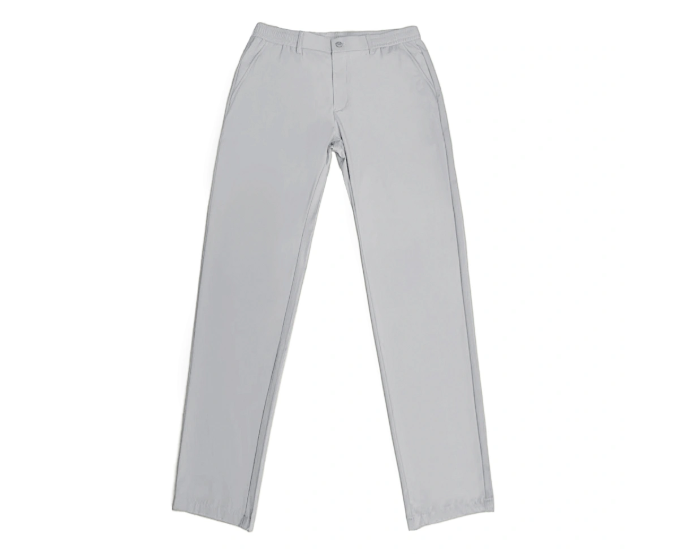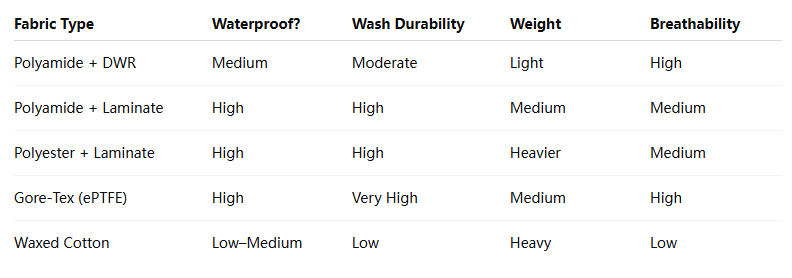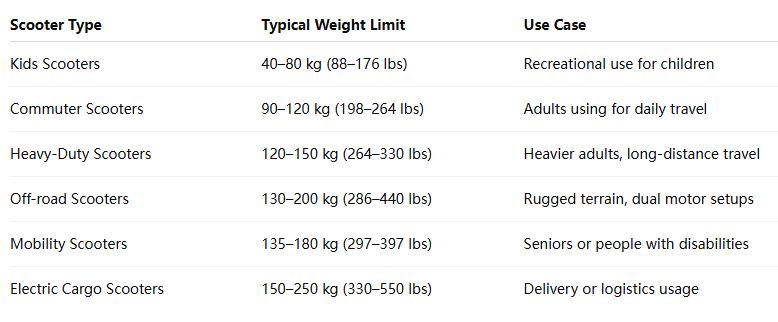Greetings in The Mighty Name of Jesus, The Christ!!!
Understanding
Brothers and Sisters there are and will be things that We do not Understand. We Ask, We Seek, We Knock and sometimes Jesus is Silent, with No Understanding to Why He does not Answer. Is it because we seem to Not have enough Faith, not even that of a Mustard Seed? Is there Sin in Our Lives that Prevents us from having Understanding? Is because Our Blessing is being held up because someone else is Disobedient in What they are supposed to do? Is it Satan or his Demons that fight against the Understanding? Is it Jesus who is Protecting Us from knowing an answer of Understanding because of the enemy? Is it because we do not Understand Jesus Timing in all events that will lead to His Glory? Is it that Understanding will not be given, because Jesus has another Plan then What we Understand? Is it that We are trying to Force Jesus to bring Understanding because of Our Flesh?
There are so many reasons Why We May Not Understand many things, but even in the Lack of Understanding let us Praise Jesus because He is Still Lord and Savior!!
There is one thing that We must Understand, that the Closer we have a Relationship With Jesus, the more We Walk in The Spirit, the harder things become on this earth. The Flesh will always Fight Against The Spirit, it will be a Constant Battle and in these Battles there can be many times of a Lack Of Understanding, but, we press on.
1 Corinthians 9:24-27 KJV
"24 Know ye not that they which run in a race run all, but one receiveth the prize? So run, that ye may obtain. 25 And every man that striveth for the mastery is temperate in all things. Now they [do it] to obtain a corruptible crown; but we an incorruptible. 26 I therefore so run, not as uncertainly; so fight I, not as one that beateth the air: 27 But I keep under my body, and bring [it] into subjection: lest that by any means, when I have preached to others, I myself should be a castaway."
Galatians 5:17 KJV
“For the flesh lusteth against the Spirit, and the Spirit against the flesh: and these are contrary the one to the other: so that ye cannot do the things that ye would."
Romans 6:15-16 KJV
"15 What then? shall we sin, because we are not under the law, but under grace? God forbid. 16 Know ye not, that to whom ye yield yourselves servants to obey, his servants ye are to whom ye obey; whether of sin unto death, or of obedience unto righteousness?"
My Brothers and Sisters let us Walk with an Understanding In The Spirit, bringing Our Flesh Under Control, to be Aware of Our Walk each and every hour! Let us be Lead by The Holy Spirit in all things rather we Have an Understanding or not, in The Spirit it does not matter!! Let The Holy Spirit Lead Us, The Church, into the Battles with victory over The Flesh that Jesus will Receive All The Praise and Glory!!!
All of the True Saints before us, Walked In The Spirit, being an Example of how we should Walk. In Hebrews it is written that many, many Walked In Faith, Having NO Understanding Of What They Pursued but did so even to the End Of Their Lives.
Hebrews 11:8 KJV
"By faith Abraham, when he was called to go out into a place which he should after receive for an inheritance, obeyed; and he went out, not knowing whither he went."
Hebrews 11:20-23 KJV
"20 By faith Isaac blessed Jacob and Esau concerning things to come. 21 By faith Jacob, when he was a dying, blessed both the sons of Joseph; and worshipped, [leaning] upon the top of his staff. 22 By faith Joseph, when he died, made mention of the departing of the children of Israel; and gave commandment concerning his bones. 23 By faith Moses, when he was born, was hid three months of his parents, because they saw [he was] a proper child; and they were not afraid of the king's commandment."
I know, some of you are thinking, “Wait a minute, you were talking about Understanding and now you are talking about Faith?”, yes, both Walk Hand In Hand together in the journey that we face. For does not The Scriptures say, that Faith is the Substance Hoped For, and the Evidence Not Seen! So then, Walking in Faith may have No Understanding to it’s Manifestation, but yet we Walk!!!
For example, consider Noah who took 120 years to build the Ark, seeing No Evidence of the Rain, but for the whole time was made fun of. Noah had No True Understanding to What The Father told him to do, but Noah Walked In Faith, that even though there was not a full Understanding, continued in His Journey!
Sometimes Brothers and Sisters we Pray, Believe but in many cases, we Pray, Believe not Understanding What we are Praying and Believing for! We sometimes think we Need this or that, not fully Understanding what it is we really need. Sometimes Jesus has to bring Understanding before we can ask, but then there are times we must ask without Understanding, which in doing so, exercises Our Faith!!!
Brothers and Sisters there are many of you who are steadfast proclaiming Prophesy of Jesus Return when you should be more concerned about are You Ready for His Return! You need to be more steadfast in getting Yourself In Order before Jesus comes. In Scripture were there not Ten Virgins, but only Five were Allowed In? Did not Jesus say, that just because You Call Me Lord means nothing, but only those who Do The Fathers Will? You Think you Understand the Prophecies, but you do not!!! too many of you are Looking at Daniel, Isaiah, Ezekiel and so forth, and Not Understanding what Jesus himself said the Season would be like…
Matthew 24:3-14 KJV
"3 And as he sat upon the mount of Olives, the disciples came unto him privately, saying, Tell us, when shall these things be? and what [shall be] the sign of thy coming, and of the end of the world? 4 And Jesus answered and said unto them, Take heed that no man deceive you. 5 For many shall come in my name, saying, I am Christ; and shall deceive many. 6 And ye shall hear of wars and rumours of wars: see that ye be not troubled: for all [these things] must come to pass, but the end is not yet. 7 For nation shall rise against nation, and kingdom against kingdom: and there shall be famines, and pestilences, and earthquakes, in divers places. 8 All these [are] the beginning of sorrows. 9 Then shall they deliver you up to be afflicted, and shall kill you: and ye shall be hated of all nations for my name's sake. 10 And then shall many be offended, and shall betray one another, and shall hate one another. 11 And many false prophets shall rise, and shall deceive many. 12 And because iniquity shall abound, the love of many shall wax cold. 13 But he that shall endure unto the end, the same shall be saved. 14 And this gospel of the kingdom shall be preached in all the world for a witness unto all nations; and then shall the end come."
These Scriptures that Jesus spoke of are What you should be concerned with, more so then any other. Jesus is Telling Us, The Church, The SEASON, NOT THE TIME of His Return. Many of these things have not happened yet, but too many of you are worried about the Temple being rebuilt!!! I do not See in the above Scriptures that Jesus was concerned about that, but was letting us know The Seasons that would happen. We know that in SOME Countries, this is happening, but what Jesus is speaking of will happen across the globe!!! Again, you, Church, have no Understanding of the above Scriptures and Chose to Ignore!!!
We need to be Walking In Faith Without Understanding the full picture. We, ourselves, need to be Studying The Scriptures on How To Live and Why To Live every day!! Does not The Scriptures tell us that we Should Examine Ourselves, What or Why must we do that? Is it not because Jesus has said that no matter how many times you Call Me Lord, I am not because You are Not Doing My Fathers Will!!!!
Matthew 7:21-23 KJV
"21 Not every one that saith unto me, Lord, Lord, shall enter into the kingdom of heaven; but he that doeth the will of my Father which is in heaven. 22 Many will say to me in that day, Lord, Lord, have we not prophesied in thy name? and in thy name have cast out devils? and in thy name done many wonderful works? 23 And then will I profess unto them, I never knew you: depart from me, ye that work iniquity."
You, Church, need to come to an Understanding of What Jesus is Talking About! Then Examine Yourselves accordingly. You think going to a church every Sunday or when ever the doors are open makes you Justified!! I Rebuke You!!! For going to a church is NOT going to Save You when Jesus Comes, how ignorant YOU ARE!!! If You do not Become the Living Word Of God, then YOU will NOT GO TO HEAVEN!!!
In Romans we are told that We MUST have Our Minds changed into the Will Of The Father and when Our Minds have been changed, then so will Our Ways be changed and we Gain an Understanding we did not have before!!!
Romans 12:1-2 KJV
"1 I beseech you therefore, brethren, by the mercies of God, that ye present your bodies a living sacrifice, holy, acceptable unto God, [which is] your reasonable service. 2 And be not conformed to this world: but be ye transformed by the renewing of your mind, that ye may prove what [is] that good, and acceptable, and perfect, will of God."
2 Corinthians 5:17 KJV
"Therefore if any man [be] in Christ, [he is] a new creature: old things are passed away; behold, all things are become new."
The only way 2 Corinthians 5:17 can come to pass is if Romans 12:1-2 happens first!!! When we Change our Minds to The Understanding Of Jesus, then, and only then, do the Things Of Old Pass Away and All Things Become New!!! Because what is written in Romans is unto The Flesh to changes Us to Walk In The Spirit as Corinthians says.
Understand Church, Salvation is not just Confessing Jesus as Savior, He MUST Become Lord by Us Being Transformed Into His Image!!!
2 Corinthians 13:5 KJV
“Examine yourselves, whether ye be in the faith; prove your own selves. Know ye not your own selves, how that Jesus Christ is in you, except ye be reprobates?"
Church do you Not Understand that it is By Our Choices rather We Change or Not into The Image Of Jesus? Some of you believe that Jesus Changed Your Flesh, this is Not So, but Your Spirit He did Renew. If Our Flesh were changed then why are there so many Scriptures to One Avenue Of Faith? Why is it that The Word says that WE MUST Bring Our Bodies INTO Subjection To What? The Spirit!!!
1 Corinthians 9:27 KJV
“But I keep under my body, and bring [it] into subjection: lest that by any means, when I have preached to others, I myself should be a castaway."
So then, there is Work to be done, that we Make Our Body’s Subject to The Spirit in All Ways and In All Things. Understand Church, it’s Not a Free Ride!, we Must be Changed from The Inside Out. The Word must be taken in as you would eat a meal when are really hungry, as the meal gives you Strength and Energy to those things that are needful to the flesh, so does Taking in The Word gives us Change and Strengthens us in The Spirit to do Spiritual Things that are needed.
Understand this Church, just Reading Your Bible every day, does NOT do the trick!!! You MUST take Action to that in which You Read. As James says, Faith without Works Is Dead, so as The Body without the Spirit is Dead! The Action is to have a Relationship With Jesus by Becoming as Jesus Is and the only way that can happen is by taking the Living Word of God and Ingesting it to Walk In and Through The Word by The Holy Spirit. It is Our Responsibility to be Transformed, The Holy Spirit will help us, but, WE have to Choose before Understanding is given to us!!!
Think on these thing very carefully, read this message several times, Understand By The Spirit!!!
Amen and Amen!!!
Email: godsonlyfoundation@gmail.com
Website: http://apostlelee.com/
The apostle Paul wanted to personally give the church some important. But because of a possible delay wrote them in 1 Timothy. Click on the link below to read how you can serve to your fullest potential. #1Timothy #BibleStudy #Devotions #Discipleship










